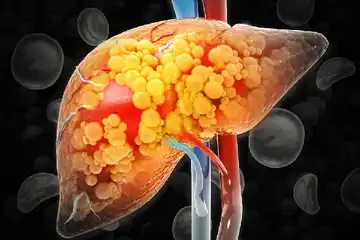What is sedation?
Sedation is a procedure that results in a suppressed conscious state, so as to perform certain painful manoeuvres or diagnostic tests that could make the patient uneasy or anxious otherwise.
Why is it done?
Sedation is done to calm a person before he or she undergoes certain medical or diagnostic procedures. It induces a state of sleepiness to help one rest during the procedure. Sedation is of two types, conscious sedation and deeper sedation. Conscious sedation is a moderate type of sedation which uses a combination of oral medications and is mainly done before any endoscopic procedure. Deeper sedation is used before surgical procedures. Heavy sedation is required in critical care unit to facilitate ventilation or endotracheal tub tolerance.
Who needs it?
Individuals in need of sedation are those undergoing any of the following procedures like
- dental implants or dental filling
- biopsies of organs such as breasts
- minor surgeries like a foot fracture repair or skin implants
- diagnostic procedures like an endoscopy or T scan
- elderly age group
How is it performed?
The healthcare provider must be informed if the individual is pregnant, lactating or taking any medications or supplements. Sedation procedure involves taking the drugs the doctor advises or which may be administered intravenously through injection.
Now, depending on the procedure sedation can be moderate in which there is drowsiness but the patient is able to talk or deep sedation that makes the individual sleepy, slows down the breathing but the patient remains conscious throughout the procedure and will have no memory of the procedure.
Oversedation can damage liver or kidneys. After the procedure, the sedative agent is slowly redistributed or tapered off and the patient slowly regains consciousness. Sedation is fairly a safe practice; however, the possible side effects are changes in the heart rate, slow breathing, headache or nausea. The individual can return to his normal activities and diet once discharged.

 OTC Medicines for Sedation
OTC Medicines for Sedation















